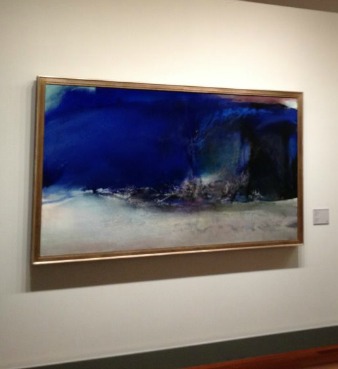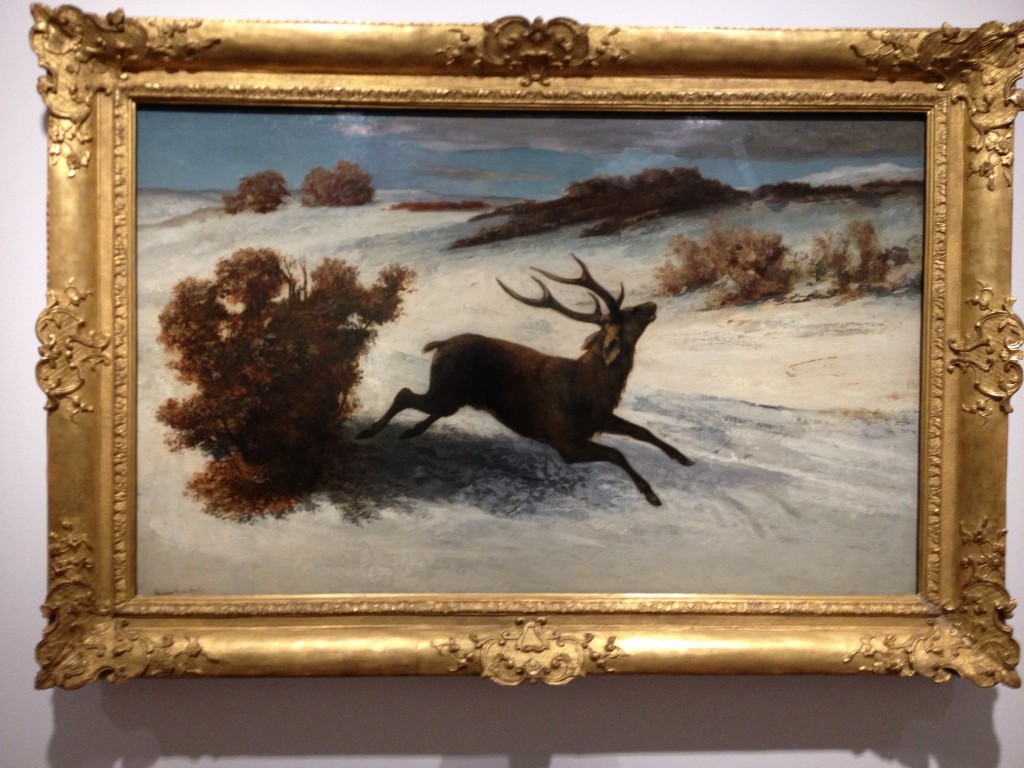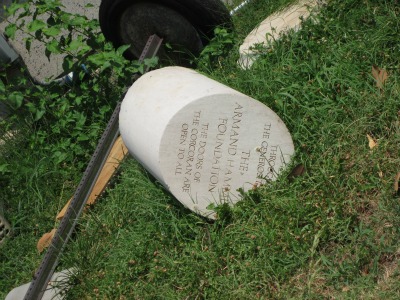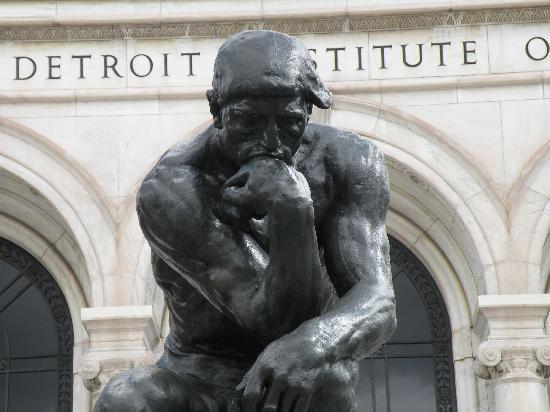 The Bridgestone Museum of Art is the only museum I visited in Tokyo with a big Western art collection. You may remember it from its mention in a number of art-world stories in the 1980s, the heydays of Japanese buying here. Among its smart purchases then was Picasso’s Saltimbanque Seated with Arms Crossed, from 1923, bought at Sotheby’s in 1980 for $3 million, which is about $8.2 million in today’s money. Quite a bargain — it’s a wonderful picture. Have a look here.
The Bridgestone Museum of Art is the only museum I visited in Tokyo with a big Western art collection. You may remember it from its mention in a number of art-world stories in the 1980s, the heydays of Japanese buying here. Among its smart purchases then was Picasso’s Saltimbanque Seated with Arms Crossed, from 1923, bought at Sotheby’s in 1980 for $3 million, which is about $8.2 million in today’s money. Quite a bargain — it’s a wonderful picture. Have a look here.
Bridgestone has focused mainly on 19th Century French art, though it has other works, too (including antiquities and modern Japanese art) — about 1,800 pieces in all. Right now there’s a room full of works by Zao Wou-ki, including this one (at right) from 1985 called 07.06.85, which I liked. Bridgestone also owns a work by Caillebotte — Young Man Playing the Piano — and it’s organizing the first exhibition for him in Japan. That opens next October.
 Among the other revelations was one about American art, which Bridgestone does not collection. Its picture reinforced an idea that I’ve had for some time: someone needs to do an exhibition about Courbet’s influence on Winslow Homer. I don’t know what Homer saw of Courbet’s works, but I’ve thought since at least the Metropolitan Museum’s Courbet show in 2008  that Homer must have been aware of Courbet’s Fox in the Snow (1860) (top left) when he painted Fox Hunt in 1893 (bottom left).
Among the other revelations was one about American art, which Bridgestone does not collection. Its picture reinforced an idea that I’ve had for some time: someone needs to do an exhibition about Courbet’s influence on Winslow Homer. I don’t know what Homer saw of Courbet’s works, but I’ve thought since at least the Metropolitan Museum’s Courbet show in 2008  that Homer must have been aware of Courbet’s Fox in the Snow (1860) (top left) when he painted Fox Hunt in 1893 (bottom left).  This needs study.
This needs study.
But a painting in the Bridgestone collection reinforces the need. Pasted below, it’s called Deer Running in the Snow and dates to 1856-57.
Courbet experts, of course, are familiar with this work (probably others, too) , but I don’t believe I’ve seen it.
Even if I have, the light didn’t dawn on me until now.



